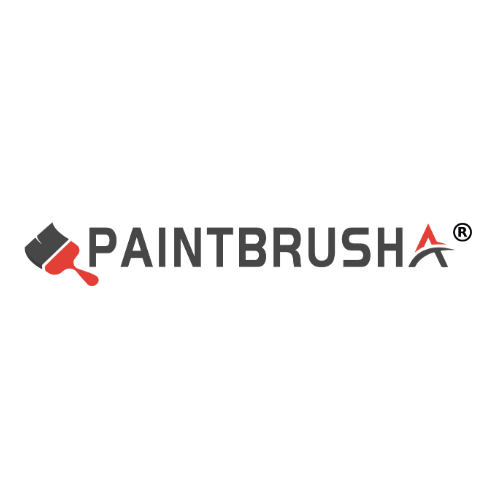
There are many kinds of oil brushes, which can be classified according to different classification standards. The following is a detailed introduction to the types of oil brushes from two aspects of shape and material:
First, classification by shape
1. Round brush:
– Features: One of the oldest oil brushes, with a blunt tip.
– Use: It can be used to create more rounded and soft strokes; Small round oil brush can be used to draw lines, side use can appear a large area of fuzzy color halo, can also be used for dot painting techniques.
2. Flat brush:
– Features: Flat body, flat head, did not appear until the 19th century.
– Use: Used to create broad, sweeping strokes; Rough lines can be drawn on the side of the flat head; Rotating the pen body to mop the pen, can appear uneven thickness strokes.
3. Hazel brush (also known as “cat tongue pen”) :
– Features: flat body and round head, both round head and flat characteristics of the brush.
– Use: It is a more elegant and fluid brush when it comes to displaying curvy strokes. It is suitable for light sweeping and brushing in wet painting, or to soften too clear Outlines.
4. Fan brush:
– Features: The brush is sparse, flat fan shaped, belongs to the new special oil brush.
– Use: For light sweeping and brushing in wet painting, or to soften too clear Outlines. This brush is often used by painters who prefer thin painting. When using the fan pen to knead color, it must be kept clean, otherwise it will hinder its dexterity.
In addition, there are other special shapes of the brush, such as the composition brush, for specific painting techniques.
Second, by material classification
1. Stiff brush:
– Main material: bristle pen, badger hair brush, etc.
– Features: strong elasticity, strong, strong, high wear resistance.
– Use: Bristle brushes often leave bristle marks when coloring, which can stir up thick pigments. Can be rubbed, rubbed, brush, generally will not appear pen hair stuck together phenomenon. Suitable for large brush strokes and strong texture of the picture.
2. Soft brush:
– Main materials: Ermine brush, Wolf brush, cow hair and camel hair brush, chemical fiber pen, etc.
– Features: soft texture, soft and uniform coloring and no obvious brush marks.
– Use: suitable for drawing the blurred background in the screen, but also to draw local details. Mink brush is the best soft brush, both in elasticity and softness are the best, suitable for delicate classical painting and human skin texture. The flexibility of the Wolf brush is insufficient, but the grasp and control of the details of the picture is relatively poor, but the price is relatively affordable, suitable for beginners. Cow and camel hair brushes have soft bristles that are suitable for use in coloring. The softness and elasticity of the chemical fiber brush are good, but the brush brush is easy to deform, and it is not recommended for beginners.
To sum up, there are many kinds of oil brushes, and painters can choose the right brush for creation according to different painting needs and styles. At the same time, the correct maintenance and use method is also the key to extend the service life of the oil brush.
